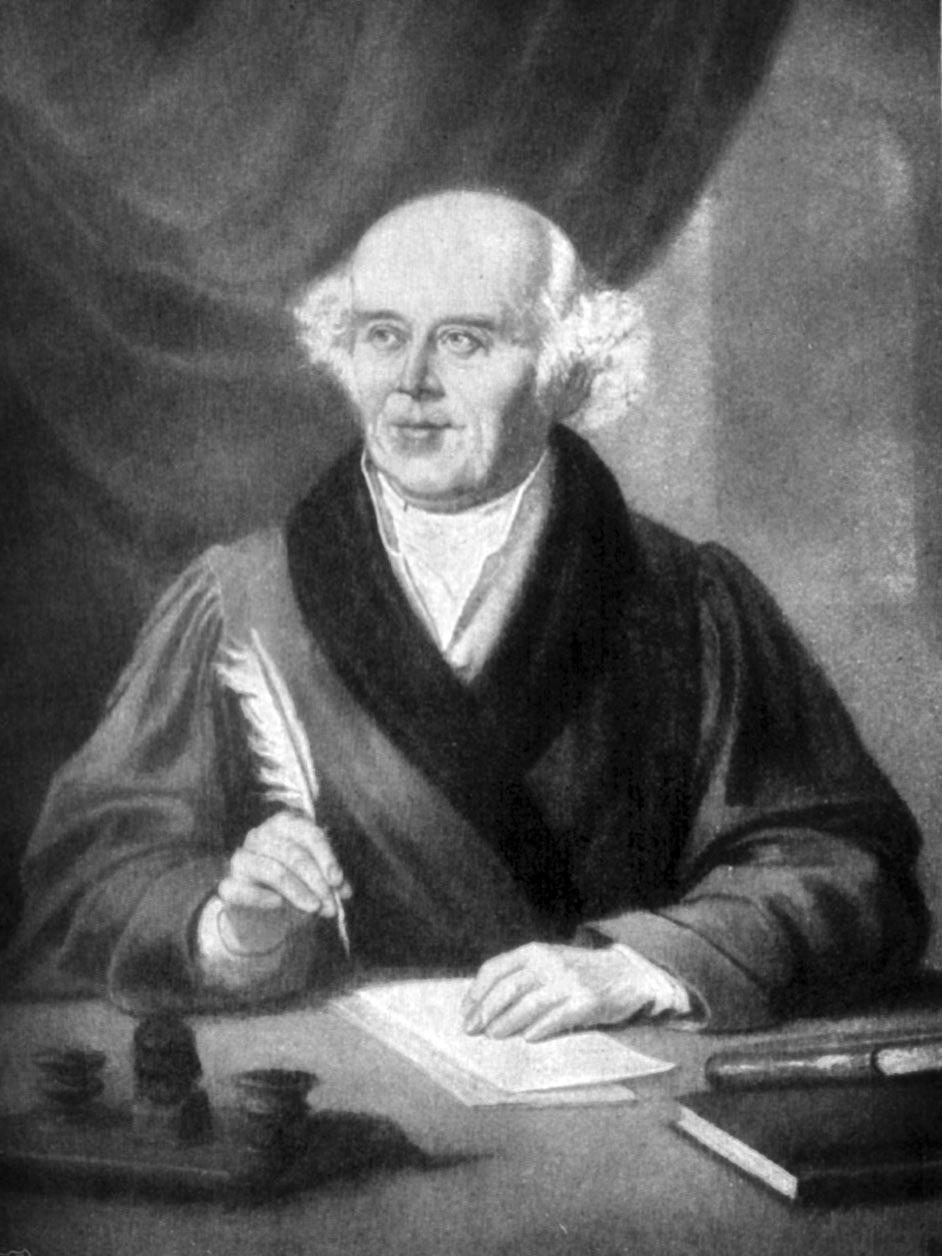History of Homeopathy
Dr.Samuel Hahnemann, the father of homeopathy and the whole history of homeopathy, was one of the few of his time to walk through the gates of a university and graduate with a doctorate in medicine. It was the pre-antibiotic era and consisted of many barbaric practices. Traditional doctors routinely used excessive bleeding and flushing to treat the disease, believing that the disease was caused by impaired blood in the body. Dr Hahnemann was disappointed and therefore, he gave up his medical practice.
He dreamed and thought about a new idea to make medicine safe, effective, reasonable, humane, and friendly
In order to earn a living, Dr. Hahnemann started translating medical books in different languages, as he knew over a dozen languages. When he was once engaged in translating William Cullen’s classical work, Lectures on the Materia Medica, in 1790, he could not resist his analytical excitement. Cullen’s statement that cinchona [quinine] bark possessed specific febrifugal [fever-relieving] properties – because it was one of the most aromatic and bitter substances known – aroused his
scientific mind and curiosity.
Hahnemann felt that there were many more substances, not just barks, with extremely bitter and fragrant properties. None of them had the strength to cure fevers, especially malaria-like fevers. He was eager to test the idea. He drank a decoction of cinchona bark to test the results. He developed a malarial fever with chills. This laid the foundation for homeopathy. Hahnemann then expounded his principle: like cures like.

From this experiment, Dr. Hahnemann derived a hypothesis – “a substance that can artificially produce certain disease-like symptoms on a healthy person; only that substance can cure a similar disease when it is given to the patient in the form of homeopathic medicine.”
For example, when you chop onions, you have watery eyes and a runny nose; you sneeze and cough and all of it happens due to exposure to the tuber’s active substances. The homeopathic remedy, Allium Cepa, made from red onion can help you overcome a cold or allergy attack in which you may have similar symptoms – watery eyes, runny nose, sneezing, coughing, or throat irritation.
Dr. Hahnemann started studying the effect of various substances on humans and systematically recorded the symptoms produced by these substances. These records were then used as a reference guide to select a similar remedy for his patients. Cures achieved in this way further confirmed his hypotheses about the concept of ‘like cures like. dr Hahnemann began to study the effects of various substances on humans and systematically recorded the symptoms that these substances caused.
These records were then used as a reference to select a similar drug for his patients. The cures obtained in this way confirmed his hypotheses about the concept of “like cures like”. Dr. Hahnemann thus developed homeopathy as a scientific system of alternative medicine based on his research and clinical experience of more than 12 years.
This is a brief of the history of homeopathy by Dr. Deepika’s Homeopathy clinical chain. We are the best homeopath near you. Either physically or virtually.
Homeopathy became very popular in the 19th century due to its success in treating patients during epidemics such as cholera. Mortality rates in homeopathic hospitals were lower than in conventional hospitals.
HOMEOPATHY BELIEVERS



TESTIMONIALS
EXCELLENTTrustindex verifies that the original source of the review is Google. GoodPosted onTrustindex verifies that the original source of the review is Google. Docters are very kind and help full Providing the best results and cure Really happy to share thi reviewPosted onTrustindex verifies that the original source of the review is Google. I approached her for my sinus treatment which I am having for years and she cured 90% of it in just 3 sittings and her approach is something I haven't seen with any of the doctor I met before, she is really good.Thank you so much doctorPosted onTrustindex verifies that the original source of the review is Google. She is best homeopathic doctor at sector 62, I was suffering from chickenpox , smallpox issue.. I got relieved from her medicine in 7 days.. Thanks doctorPosted onTrustindex verifies that the original source of the review is Google. What a miracle!! I contact Dr. Deepika's homeopathy for the treatment of external hemorrhoids. Result was unbelievable, withing 7 days it cured. Thanks for wonderful service.Posted onTrustindex verifies that the original source of the review is Google. Dr deepika Best doctor for kidney stone in noida.. You will get garateed relief within 30 to 45 days of medicine.. I got relief within 1 -2 doses only.
TREATMENT RESULTS







